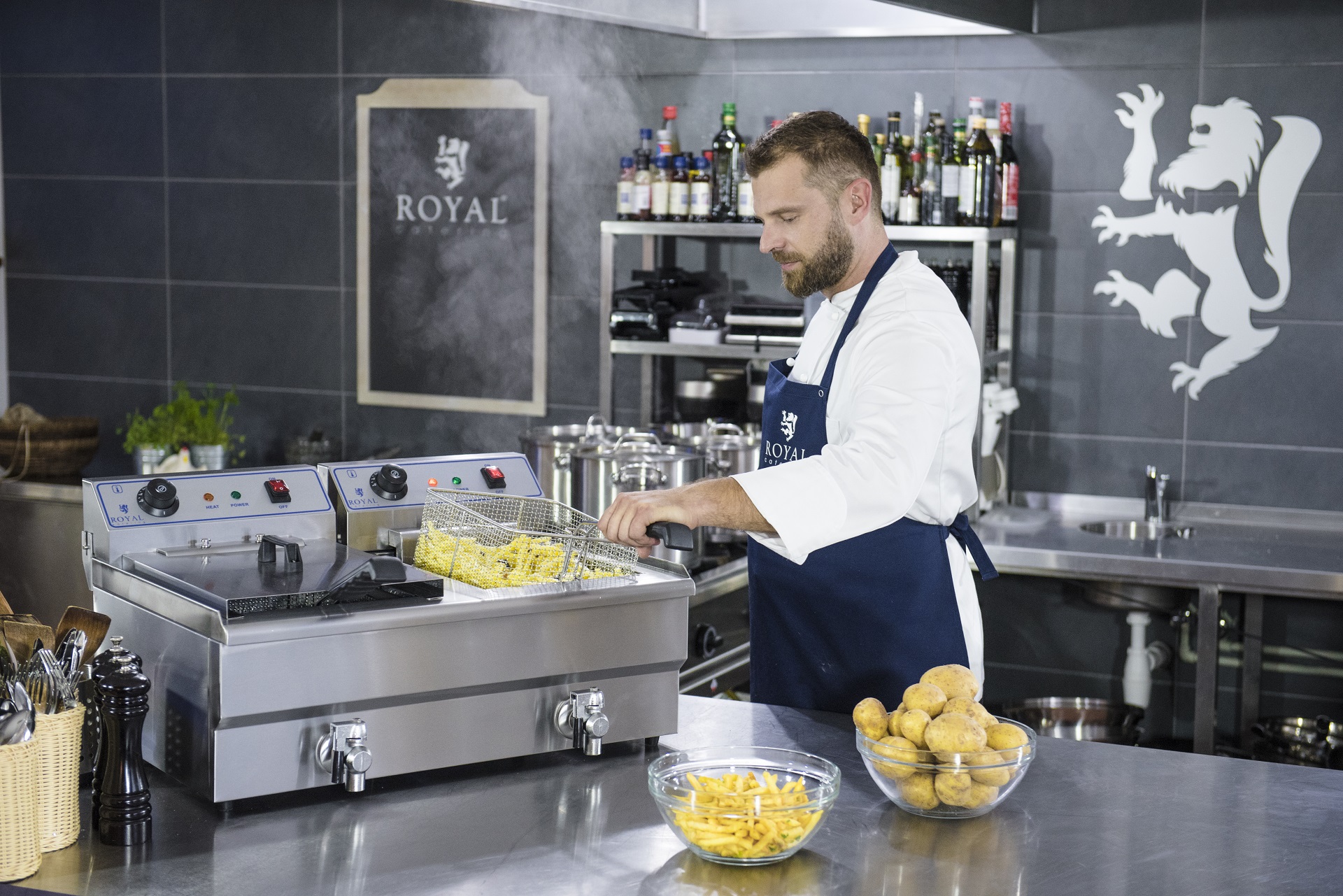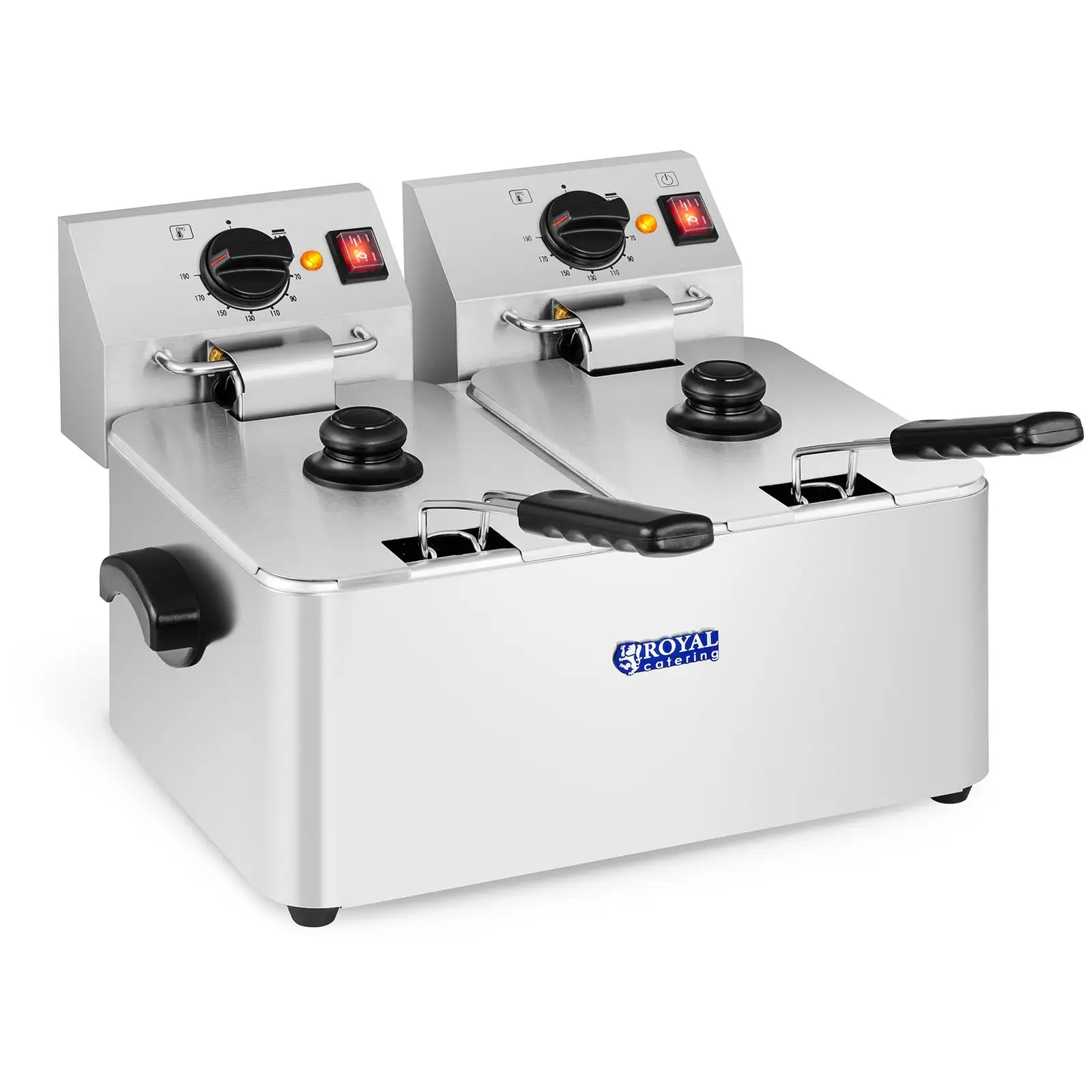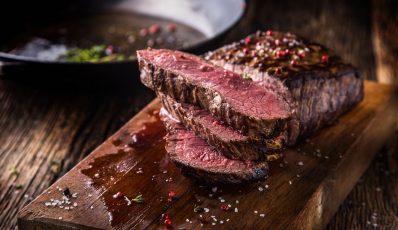A deep fryer is a must have in every restaurant or fast food bar. It lets you prepare numerous main courses but also side dishes, such as chips or onion rings. Read our guide to find out which fryer to choose for the most optimal results.

A deep fryer is a must have in every restaurant or fast food bar. It lets you prepare numerous main courses but also side dishes, such as chips or onion rings. Read our guide to find out which fryer to choose for the most optimal results.
Commercial fryers are perfect for restaurants serving European, American and Asian cuisine. They are ideal for frying battered meat, chicken (e.g. nuggets or Chicken Kiev), fish, potato side dishes (e.g. chips or potato wedges), tempura, spring rolls, etc. There are many different types and models of deep fryers, and choosing the right one depends on the amount of space, the number of potential guests, and the type of prepared dishes.
Traditional or induction – which one is better?
The most popular types of deep fryers on the market are:
- Electric fryers – these are relatively cheap deep fryers, safe to use and efficient. They require a standard power supply, making them popular especially in food trucks, bars and small restaurants. They are generally user-friendly, and make the ideal chip fryer for small venues.
- Induction fryers – a slightly more expensive version of the electric fryer. Thanks to the electrical induction, they heat up faster, allowing you to reduce electricity usage by up to 30%. They come in especially handy in fast food restaurants.
- Gas fryers – require a gas installation or connection to a gas cylinder. They tend to be used in large restaurants. They are a bit more difficult to service and troublesome if not maintained correctly.
- Fat-free fryers – the frying process uses a vortex flow of hot air. Hot air fryers are rarely used in the food and beverage industry (sometimes in theme restaurants), but air fryers are popular among private users.
When choosing the right deep fat fryer, you should first consider access to fuel (electricity / gas), as well as how frequently it will be used.
The size of the fryer is important
Another important aspect to consider when choosing your deep fryer is the type and size. If you fry a lot of totally different ingredients (fish/meat/chips), it is generally better to use a few small deep fat fryers, so that the taste will not pass on from dish to the dish with the fat used. In such cases, fryers with separate chambers and separate temperature regulation can come in handy, as in the case of restaurants with irregular rush-hour peaks, where using large capacity fryers non-stop is not very economical. Double fryers (or double chamber fryers) would be the optimal solution. The shape of the fryer is also relevant. Restaurants that fry a lot of fish should use models that can fit longer baskets.
How big should the fryer be? In restaurants and fast food bars serving a lot of chips, it would be good to have a capacity of 20 or even 30 litres. Venues with traditional cuisine, where not so many dishes are served deep-fried, should find 8 or 10-litre fryers more than sufficient.
The fryer wattage should be adequate to the size of the oil tank. A large but low-power fryer will take a long time to heat up, which will significantly lengthen the waiting time of customers. Additionally, frozen products will boil rather than fry, negatively effecting the final result – e.g. chips will feel like rubber.
With or without a tap?
When choosing the fryer, pay attention to what its made of. Most leading manufacturers tend to use stainless steel, which is less vulnerable to corrosion and mechanical damage. It is also resistant to damage from hot fat, and its smooth surface with minimal porosity makes practical from a hygiene perspective. Moreover, it is completely safe for cooking and does not change the taste of food.
It is vital that you remember to drain and filter the oil on a regular basis. Large commercial deep fryers should therefore be equipped with taps that make this process much easier. To keep them clean inside (e.g from dust) during long periods non-usage, most models are equipped with covers. Other important features of the fryers are:
- Temperature regulation – allows you to select the appropriate frying temperature for a given dish.
- Timer – used to precisely set the frying time.
- Digital programmer with display – found mainly in newer models, makes using the fryer much easier.
- Cold zone – located under the heater, has a much lower temperature than above. Falling residues do not get charred and spoil the parameters of the oil.
Ideally, all fryers should have baskets with non-heating handles. Special pins for hanging the baskets make it easier to drain the oil. Another useful feature is the possibility to remove or tilt the heating element, which makes maintenance and cleaning much easier.
The fryer must always stand on a level surface. Anti-slip foot pads are also good to have. Special base cabinets designed for fryers provide a high level of stability and are also very practical, with the shelves allowing for easy access to accessories or ingredients.
Below you can check the playlist with review of popular deep fryer types and models.
Chips should always be served warm!
Places that prepare large amounts of food in advance – such as self-service restaurants – need to keep food prepared in deep fryers warm the whole time. There are various ways to do so – electric bain maries with water tubs, chafing dishes (great outdoors), dry hot air warmers or warmers with an additional heat radiator. The latter are especially good for chips, keeping them warm and crispy for a long time.







Share